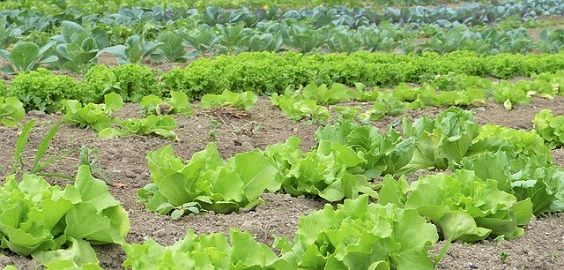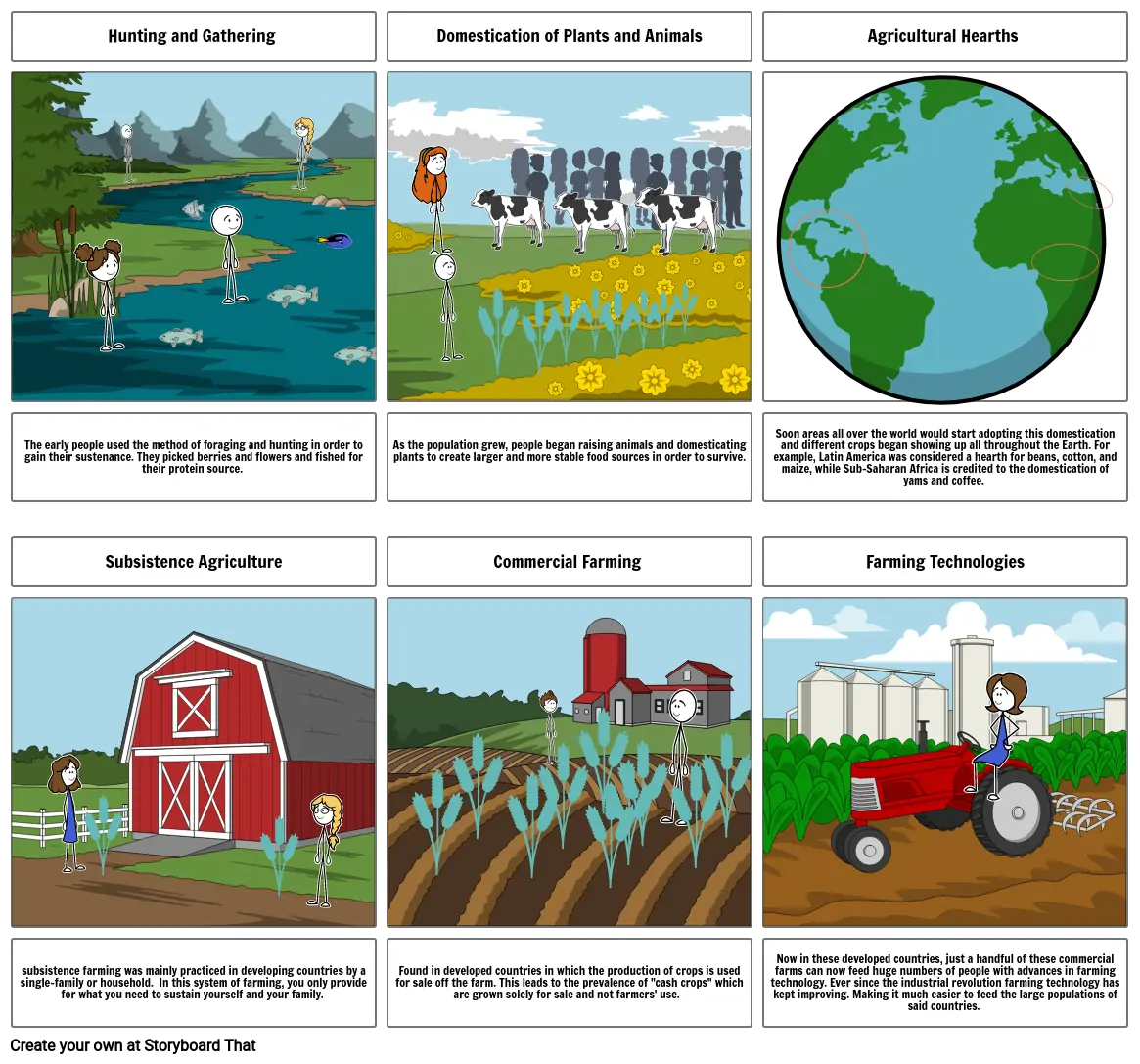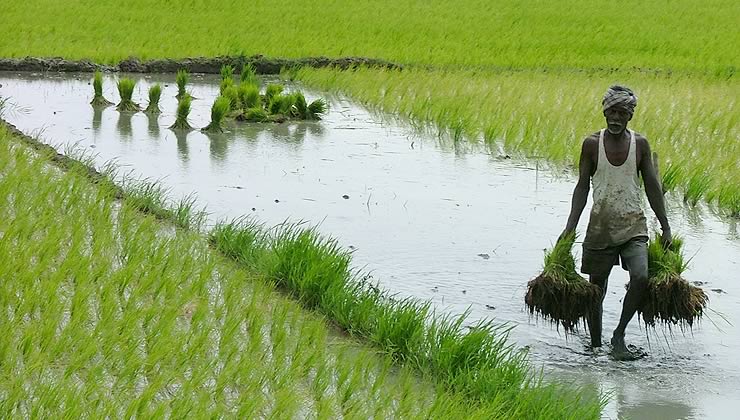A Thorough Take A Look At the Obstacles and Advantages of Modern Farming
Modern agriculture stands at the crossroads of advancement and sustainability, offering a wide range of chances and challenges. With improvements like accuracy farming and biotechnology appealing improved efficiency, the field all at once faces crucial issues such as environmental degradation and socio-economic disparities. As we explore the elaborate equilibrium between technological development and its wider impacts, the concern occurs: can we achieve a lasting future that benefits both the environment and farming areas? The course ahead demands a cautious evaluation of these dynamics, welcoming stakeholders to take into consideration the capacity for transformative modification in farming methods and policies.
Technical Innovations in Farming
Technical innovations in farming have revolutionized the farming market, driving boosted performance and effectiveness. Technologies such as accuracy automation, biotechnology, and farming have changed traditional farming techniques, permitting even more sustainable and rewarding operations. Precision farming makes use of GPS innovation, sensors, and information analytics to enhance field-level management relating to plant farming. This approach makes it possible for farmers to apply inputs like water, plant foods, and chemicals a lot more sensibly, lowering waste and lowering costs while boosting returns.
Automation in farming has further driven the sector ahead, with the introduction of independent tractors, drones, and robotics. These technologies lessen labor needs and enhance operational speed, enabling timely planting and harvesting. Drones, particularly, offer important airborne imagery and information, assisting farmers in keeping an eye on plant health and detecting concerns early.
Biotechnology has additionally played a critical role in advancing agricultural techniques. Jointly, these technical developments have actually laid the foundation for a more sustainable and resistant agricultural future.
Environmental Obstacles
Farming faces several ecological challenges that threaten its sustainability and performance. One of the key issues is the destruction of dirt health and wellness due to extensive farming practices that diminish vital nutrients and bring about disintegration. The overuse of chemical plant foods and pesticides even more aggravates this concern, polluting water sources and minimizing biodiversity. Consequently, the lasting feasibility of farming land is endangered, demanding the adoption of more sustainable techniques.
Water shortage is another considerable obstacle, especially in areas where agriculture greatly depends on watering. Environment change is increasing this concern, modifying rainfall patterns and raising the frequency of dry spells. Efficient water administration systems, such as drip irrigation and rain harvesting, are important to mitigate these results, yet their execution remains irregular throughout different areas.
In addition, farming is both a target and a factor to climate change. It accounts for a significant share of greenhouse gas discharges, largely from livestock production and rice growing. Transitioning to low-emission farming methods, such as accuracy farming and agroforestry, can help in reducing this effect. These techniques call for significant investment and technical experience, posturing an obstacle to extensive adoption. Dealing with these environmental difficulties is essential for making certain a sustainable farming future.

Economic Influences
The financial impacts of modern agriculture are profound and complex, affecting both regional and global markets. Advancements in technology and manufacturing methods have significantly raised agricultural performance, leading to much more effective food supply chains and decreased prices for consumers.
The capital-intensive nature of modern-day agriculture calls for substantial investment in machinery, fertilizers, and genetically changed seeds, which can be monetarily troublesome for small farmers. Furthermore, international market variations can affect the productivity of agricultural exports, making economic situations reliant on agriculture susceptible to financial instability.
Furthermore, aids and trade policies in developed nations can misshape market value, influencing affordable balance and potentially disadvantaging farmers in creating countries. Generally, while contemporary agriculture drives economic growth, it additionally necessitates browsing intricate financial landscapes to make certain equitable and lasting advancement.
Social Implications
While modern-day agriculture has you can try here actually produced considerable improvements, it additionally provides different social implications that warrant factor to consider. One major issue is the displacement of small farmers due to the increase of large agricultures. As company farming entities progressively dominate the farming landscape, smaller webpage ranches commonly battle to contend, leading to the disintegration of rural areas and conventional farming methods. This shift can cause a loss of local understanding and social heritage that smaller sized farms sustain.

Additionally, there are problems about food safety and sovereignty. The emphasis on monoculture and genetically customized crops can threaten biodiversity and make food systems extra susceptible to bugs and conditions. Such techniques could additionally restrict consumer choices and reduce the capability of regional communities to control their food resources. As these social implications unfold, it becomes crucial to address them to ensure equitable and lasting farming development.
Future Directions
Looking ahead, a number of appealing methods for modern-day agriculture could deal with the difficulties dealt with today while promoting lasting development. why not find out more Breakthroughs in technology, such as precision farming, provide the prospective to optimize resource use and rise performance.
Biotechnology also holds immense guarantee for the future of agriculture. Genetically modified microorganisms (GMOs) and genetics editing and enhancing strategies, like CRISPR, can boost crop durability against environment adjustment, parasites, and conditions, therefore enhancing food protection. Diversifying plant ranges to include more nutrient-dense and climate-resilient alternatives might reinforce both environmental stability and human nourishment.

Verdict
Modern farming, characterized by technical developments, provides both challenges and chances. commercial farming vs subsistence farming. Addressing these intricacies requires a shift towards sustainable practices that balance productivity with ecological stewardship and social equity, thereby guaranteeing a resistant future for global farming systems.
Modern farming stands at the crossroads of development and sustainability, providing a wide variety of chances and obstacles. Additionally, worldwide market variations can impact the earnings of farming exports, making economic climates reliant on farming at risk to economic instability.
Furthermore, the intensive usage of modern technology and automation in farming has led to a decrease in agricultural work chances.Looking in advance, numerous encouraging avenues for modern agriculture could attend to the obstacles encountered today while fostering sustainable development. commercial farming vs subsistence farming.Modern farming, characterized by technological advancements, presents both chances and challenges
Comments on “The Role of Innovation in Commercial Farming vs Subsistence Farming Techniques”